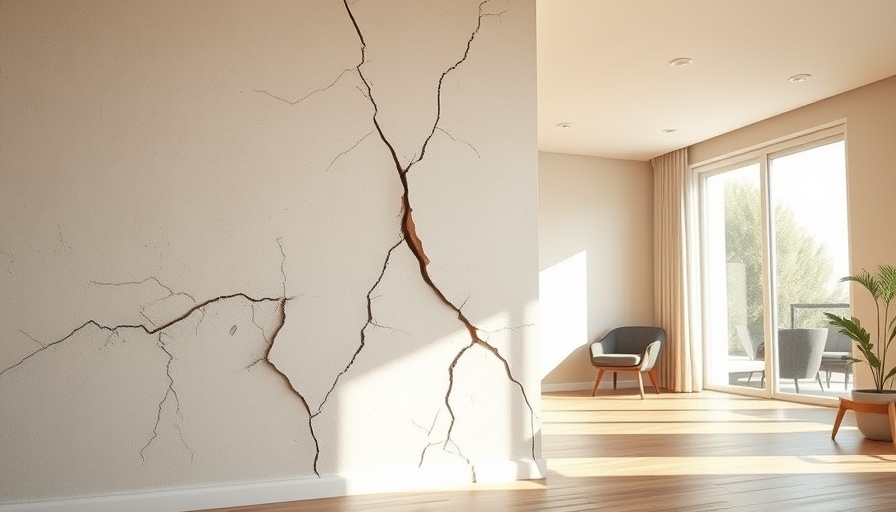
The Architrave: A Hidden Gem in Home Design
Many young homeowners in London might find themselves glancing at architrave—an architectural detail framing doors and windows—without recognizing its significance. Appearances can be deceptive; this trim plays a crucial role in enhancing a room's aesthetic while simultaneously concealing mess from installation. What was once simply functional has become a key element in modern home design.
More Than Just a Trim: The Purpose of Architrave
Architrave isn’t just about aesthetics. This simple trim, often made from materials like MDF (medium-density fiberboard), softwood, or hardwood, serves multiple purposes including protection, decoration, and providing a polished finish to any room. Whether you choose affordable MDF for its ease of use or opt for the natural beauty of hardwood, architrave can transform the character of your space.
A Touch of History: Understanding the Architrave's Roots
The term 'architrave' has origins in ancient Greek architecture, referring to beams that spanned the tops of columns. Today, while its historical function has evolved, the beauty of architrave remains a constant in both traditional and contemporary architecture. This subtle design choice symbolizes a bridge connecting history with modern home improvement trends, attracting those interested in aesthetics framed by craftsmanship.
Why Architrave Is Trending: The Influence of Social Media
In our tech-savvy age, social media has dramatically influenced DIY trends, propelling architraves into the limelight. Homeowners across London and beyond are increasingly keen on showcasing minimalist, yet intricate designs, reflecting a movement away from clutter and towards a stylish simplicity. DIY enthusiasts share tips and tutorials, urging others to embrace architrave in their home improvement projects. This trend celebrates individuality and creativity, all while maintaining an eco-friendly ethos.
Creative Opportunities: Personalizing Your Home with Architrave
Today's homeowners, particularly those in the 25-55 age bracket, see architrave as more than just a traditional finishing touch. Styles are expanding, with various shapes, sizes, and finishes now available—be it the square edge, ogee, torus, or chamfered designs. London’s evolving architectural landscape has birthed a plethora of options that allow homeowners to express their personal style while keeping with current living trends of sustainability and smart homes.
Making the Most of Your Architrave: Practical Tips and Insight
Incorporating architrave into your home doesn’t require professional help; instead, embrace the DIY spirit! Start by choosing the right material and style that best fits your home’s design. When measuring and cutting your architrave, attention to detail is paramount. Consider these practical installation tips:
- Measure twice, cut once: Always confirm your measurements for accurate cuts.
- Use quality adhesive or nails suitable for your chosen materials to secure your architrave effectively.
- Finishing touches: Don’t skip painting or staining to bring your desired look to life.
Take Action: Your Home Deserves the Best
Now that you understand what architrave is and its potential impact on your home design, it’s time to take action. Whether you're undertaking a small DIY project or planning a larger renovation, consider how you can incorporate this versatile trim into your living space. Share your experiences with friends and fellow homeowners, and watch as you not only create a beautiful home but also contribute to a growing culture that appreciates craftsmanship and personal expression!
In conclusion, architrave stands out as an essential element of modern home aesthetics, particularly for those engaged in DIY projects. Its blend of practicality and style is captivating a new generation of homeowners eager to make their spaces uniquely their own.
 Add Row
Add Row  Add
Add 






Write A Comment